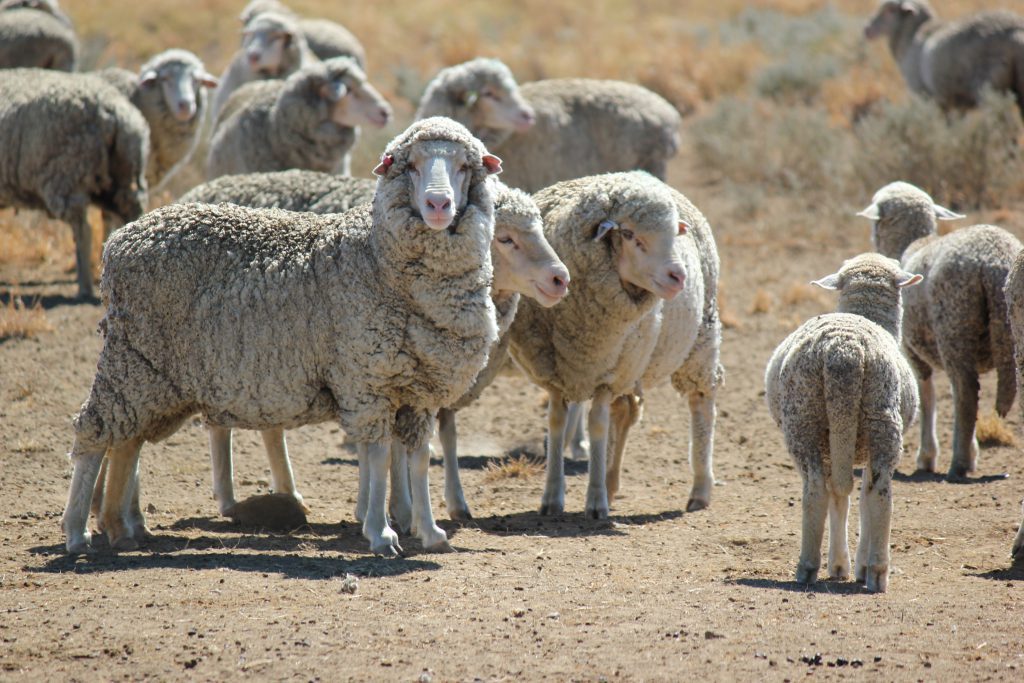For each of the last four months, Leading Sheep has circulated an email summarising what Queensland sheep producers have learnt from the drought and asking for feedback. Some of these responses are below:
David and Sandy Bartlett ‘Dunblane’ Gore:
- Not to be an eternal optimist and pull the trigger to feedlot or sell early. It often comes with the territory of being a grazier that without being an optimist you’re probably in the wrong game. It’s a tough decision to make and an expensive one but it’s one we should have made sooner. The way the season was headed earlier in the year we should have sold more, which would saved a large feed bill. An observation which is easy to make in hindsight.
- Make sure the sheep are getting enough roughage and gradually introduce new feed. The sheep that were coming out of the paddocks were coming from a low nutritional base due to the low level of grass quality. They were being trail fed but this was simply not sufficient. The change in diet when going into the feedlot is so dramatic it’s important to follow the recommended guide lines for quantities. Too much of a good thing (feed), too soon can be too much of a shock to the sheep’s system.
- Manage feed quantities, water quality and sheep per yard. It’s important to constantly check feed levels and ensure there is a constant supply. The same goes for the roughage that the sheep are eating, the roughage is an integral part in the gut health of the sheep to digest the feed. The quality doesn’t have to be great when used with sheep pellets. Troughs need to be cleaned often to maintain a high water quality. Ensure yard size is suitable for the number of sheep in the yard as well as access to feed bins and troughs.
Ben Ogg ‘Ayrshire’ Winton:
- Give yourself the most options and stay flexible in any circumstance so whilst you may have to offload stock, you then have options with your time and money to do other things that contribute to the business (eg. fencing, water improvements etc). When good seasons do return there are always many options available outside of buying stock back (eg. agistment or baling hay).
- Don’t make decisions out of fear. When making decisions in dry times it can be easy to make those decisions out of fear of not being able to buy back into the market when the drought breaks. When the fear takes over it can lead to very expensive feed bills not to mention stress and time trying to keep stock going.
- Try to be pretty conservative when dealing with dry times with a mix of aiming to retain and feed breeders and selling dry stock as quickly as possible.
John and Debbie Cowley ‘Munda’ Goondiwindi:
- The lack of ground cover when it does rain will be an issue for many producers. The drought has gone on so long and been so severe that the ground cover was always going to disappear. The frequent dust storms, we have all experienced, evidence this widespread lack of ground cover.
While the next drought is never the same as the last, next month we will attempt to summarise the key points from this series. We hope that you have found the series to be of value and interest.

